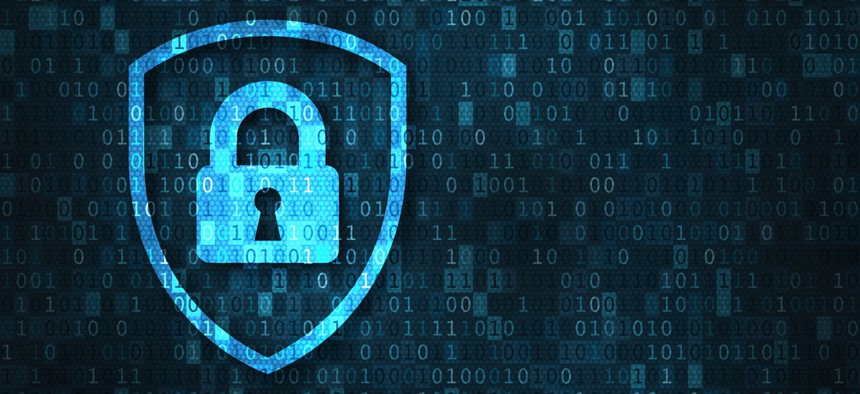Hackers Tried to Poison a City's Drinking Water Supply

The treatment plant's computer system allows for remote access so supervisors can monitor water levels, officials said. Shutterstock
The cyberattack used remote access to toggle levels of sodium hydroxide at a water treatment plant near Tampa, Florida, but an operator at the facility quickly fixed the problem, officials said.
A hacker breached the computer system at a water treatment facility in Oldsmar, Florida and attempted to add dangerous levels of sodium hydroxide to the water supply, but was foiled by an employee at the plant, officials said Monday.
“Because the operator noticed the increase and lowered it right away, at no time was there a significant adverse effect on the water,” Pinellas County Sheriff Bob Gualtieri said at a press conference. “The public was never in danger," he added.
The hacker accessed the treatment plant’s computer system remotely on Friday and toggled the levels of sodium hydroxide from 100 parts per million to 11,100 parts per million, a more than 100-fold increase that could have had potentially deadly effects on Oldsmar’s 15,000 residents.
Sodium hydroxide—otherwise known as lye—is used to control acidity and remove metals from drinking water, but it's also the main ingredient in liquid drain cleaners and can be lethal if ingested in large quantities.
That was unlikely to happen, officials noted. The contaminated water would have taken up to 36 hours to reach the public, and the system would have alerted operators to the danger before then.
“Our monitoring protocols work. That’s the good news,” said Oldsmar Mayor Eric Seidel. “The important thing is to put everybody on notice. These kinds of bad actors are out there. It’s happening.”
The hacker accessed the treatment plant’s computer system twice on Friday—once in the morning and again in the afternoon. The operator at the facility noted the first breach when he saw the mouse on his computer screen moving on its own but didn’t think much of it at first, Gualtieri said. “His supervisor and others will remotely access his computer screen to monitor the system at various times,” he added.
The second breach was different, Gualtieri said—the person accessed the system for around five minutes, and opened “various software functions" that control water treatment, including sodium hydroxide levels. After increasing the levels, the hacker left the system and the operator immediately returned them to normal, then alerted his supervisor.
Steps were then taken to prevent further remote access, officials said.
The sheriff’s office launched an investigation on Friday and is working with the FBI and the Secret Service.
Officials were following leads but had no active suspects as of Monday. Gualtieri said he didn’t know if the cyberattack originated from inside or outside the U.S., or why Oldsmar was targeted. He also said he had not heard of any other systems being targeted, but urged other government agencies to review and update their computer security protocols as necessary.
The incident garnered national attention and was addressed at Tuesday’s White House press briefing. Press Secretary Jen Psaki referred questions to the investigating agencies, but noted that the Biden administration is “focused on elevating cybersecurity as a threat.”
Kate Elizabeth Queram is a staff correspondent at Route Fifty and is based in Washington, D.C.
NEXT STORY: App Alerts State’s Residents to Suspicious Activity on Their Phones, Tablets





